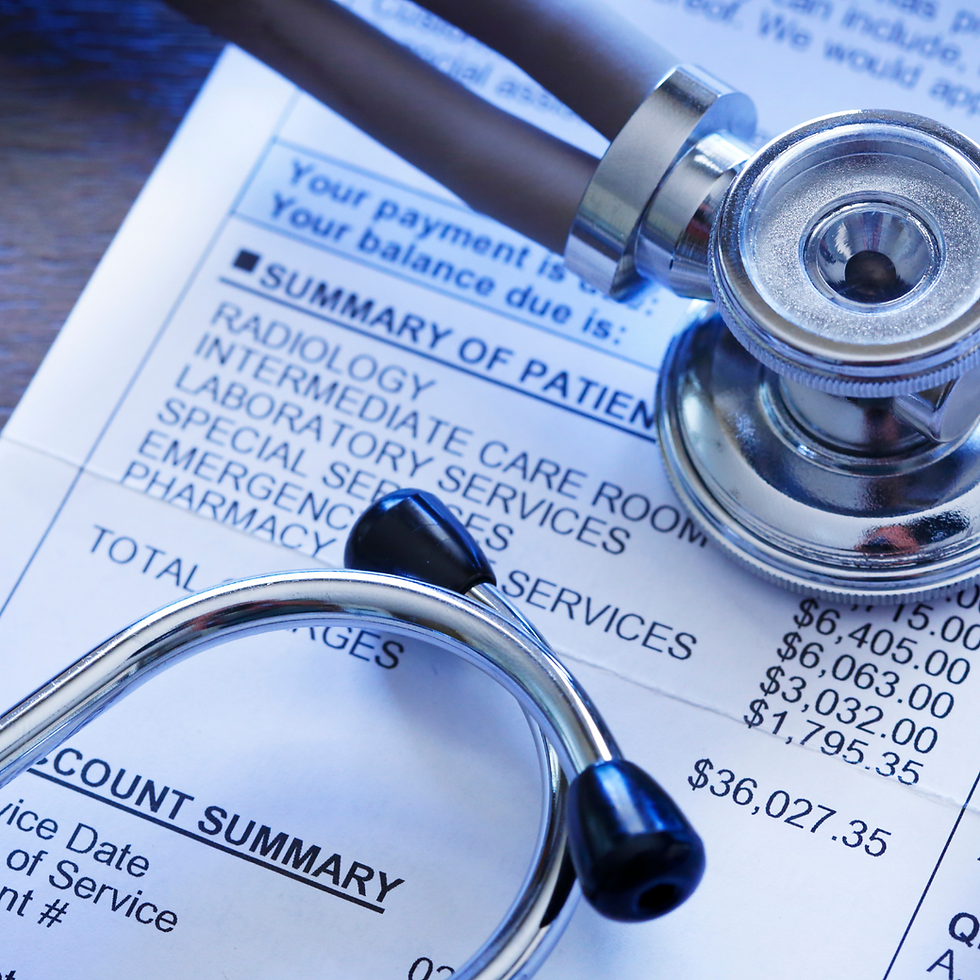As The Popularity of Bicycling Grows, So Does the Risk of Serious or Fatal Accidents
- Ann Sheeley
- Jul 5, 2019
- 3 min read
Updated: Jan 20, 2023
Know What To Do If You Are In a Bicycle Accident
It has been nearly a year since a tragic accident occurred in Bristol, RI where a 6-year-old boy on a bicycle was struck and killed by an automobile while riding through a dangerous intersection of the East Bay Bike Path. As the family and community mourned, state and local officials pledged to explore safety improvements and the Rhode Island Department of Transportation said it would conduct a detailed safety analysis of all 200 intersections where bike paths cross roads. To-date, very few improvements have been made to ensure the safety of bicyclists, despite a heightened risk of danger.

Why Is There a Heightened Risk of Danger?
Bicycling is a healthy physical activity for millions of Americans. It’s also a competitive sport, an inexpensive and echo-friendly means to commute to work, and it has growing importance in the tourism industry as electric bikes provide a great way to explore the sites, while reducing traffic and pollution. As the popularity of bike riding continues to grow, so does the number of accidents involving pedestrians, other bikes, or even worse: cars, trucks and motorcycles. The majority of accidents that occur are due to distracted drivers, failing to yield at intersections, swerving to avoid being hit or being struck with a door by someone attempting to exit a parked car.
Because cyclists have little protection from passing vehicles, they often suffer serious injuries in an accident, including broken bones, head, neck and back injuries, and spinal cord damage. According to a study published in 2017 by the University of California (San Francisco), as cycling has become more popular, medical costs from “non-fatal bike crashes climbed steadily by $789 million annually” (over a 17-year period). Unfortunately, insurance companies tend to blame bicyclists for accidents in hopes of avoiding liability. Without strong legal representation, the injured bicyclist is often times left to foot a staggering bill. In fact, a report from the National Safety Council notes that non-fatal bicycle injuries typically cost the victim more than $58,000 in medical expenses and lost wages.
Actions to Take If You Are In a Bicycle Accident
Being in a bicycle accident can be a very traumatic experience. Sheeley Law recommends you stay calm and remember the acronym C.R.A.S.H. to ensure you receive proper care and protection of your legal rights.
Check for injuries – Following a crash, you will likely be in shock, which may cause you to assume everything is fine. Please be diligent in checking yourself for injuries and proceeding with caution.
Request medical assistance - If you believe you are injured, call 9-1-1 or ask a witness to call for you. When police arrive, file a report, as details will be still fresh in your mind.
Ask for information – If your accident involved a motor vehicle, it is important that you (or the local police) get the driver’s name, contact information and license plate number. If there are witnesses, also request their contact information. If you are able, take photos and video of the accident scene.
Save the bicycle - Your damaged bike can be important evidence in reconstructing the scene to determine what happened and who is at fault.
Hire an attorney. If you are injured due to someone else’s negligence, you need an experienced personal injury or bicycle accident attorney to deal with the insurance companies and protect your rights, as well as ensure you are receiving the proper medical care.
We at Sheeley Law encourage you to have fun but ride with caution this summer. If you or a loved one are injured in a bicycle accident, you need strong results-oriented representation. Attorney Ann Sheeley has more than 25 years of experience and a proven track record of helping her clients obtain maximum compensation for their injuries, losses and pain and suffering. For more information and a free consultation, contact Rhode Island Personal Injury Attorney Ann Sheeley at 401-619-5555.





Comments